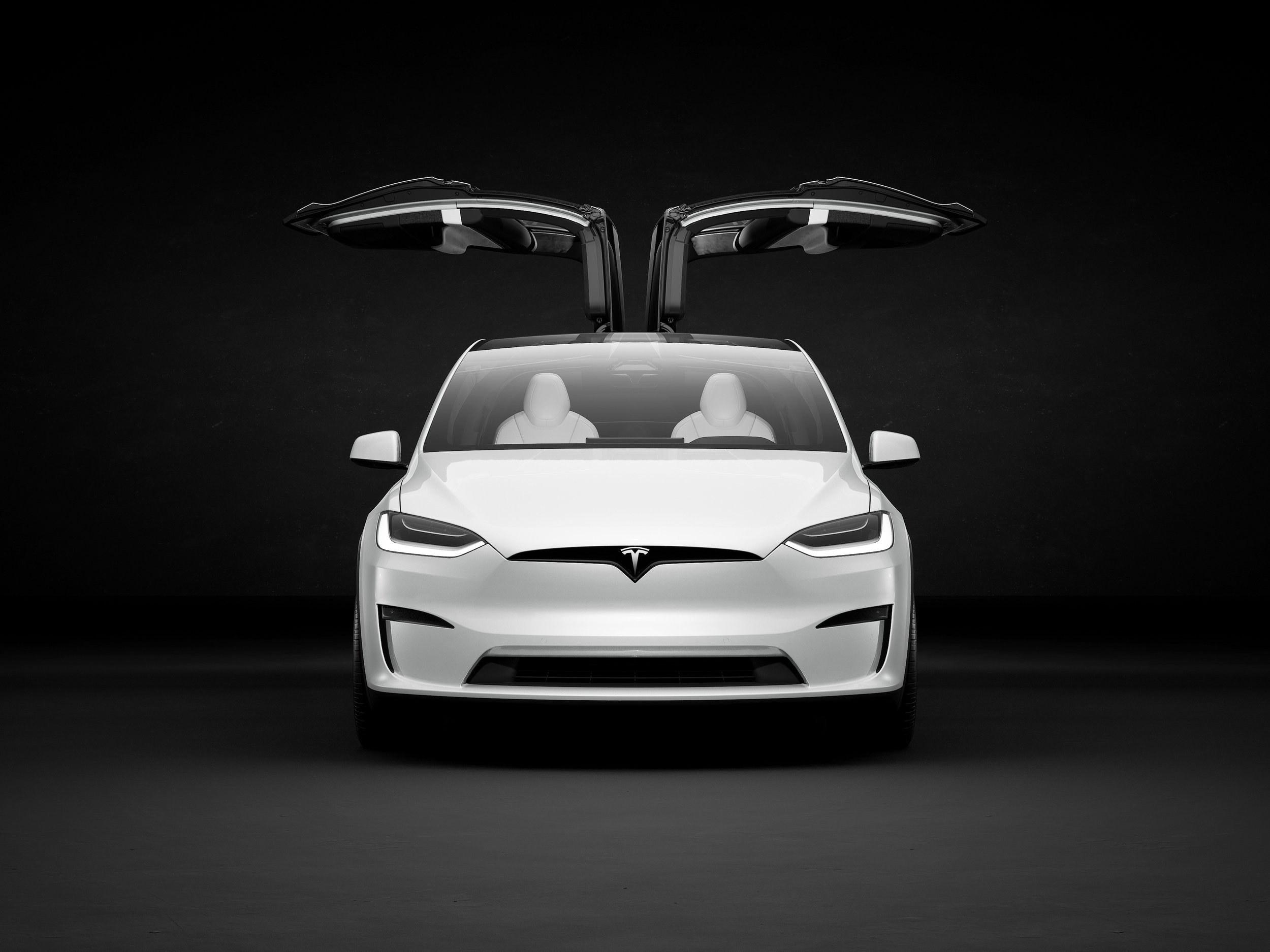Being a Beta Tester – Why I’m Not Upset
By Edward A. Sanchez – Feb. 28, 2022
Earlier this week, I had the side repeater cameras replaced on my 2019 Tesla Model 3. While they still technically “worked,” they had an extremely annoying side effect of having blowout glare at night when using the turn signals. While this was always an issue, it wasn’t as front and center as it was until Tesla activated the blind spot camera view with a recent OTA update. If I were to go back and review Dashcam clips, the bright, annoying flash was clearly present in recorded clips. But before the image was front-and-center on the center display, it was barely a secondary concern.
My friend and cohost of The Watt Car Podcast Phil Royle was outraged at such an egregious oversight, and went on a diatribe about how automakers should never let vehicles ship with such an obvious issue. Meanwhile, online forums have split verdicts in terms of the success of getting Tesla to agree to warranty repairs to address the problem. It seems like 2021 or newer Model 3s have had more success than earlier builds, perhaps because the issue was supposed to be addressed by then, and the cars were inadvertently installed with outdated cameras.
Prior to the side repeater replacement, the blowout from the light leak near the cameras on my 2019 Tesla Model 3 SR+ made the blind spot view feature largely unusable at night. (Image by Edward A. Sanchez)
When I requested the repair through the app, Tesla responded that it would be a paid repair, since the cameras still functioned “as designed” and were technically not defective. Obviously, I felt the flash flare was egregious enough to warrant replacement. I knew going into it that most likely I would have to pay out-of-pocket for the repair. As long as it took care of the issue, I wasn’t opposed to paying for it.
Once again, Phil was astounded that I took such a blasé attitude to being treated like a paying “beta tester” by the company. I explained to him that I kind of knew what I was getting into from the start. Like much of Silicon Valley, Tesla takes a “fail fast” approach to product iteration by pushing out new features and functions on a frequent basis, even with the knowledge they may cause other unforeseen issues.
Following the side repeater replacement, the side cameras work flawlessly. (Image by Edward A. Sanchez)
Some that bought into the Tesla brand just on the basis of it being the latest “new, shiny” thing are not as forgiving, and some have savaged the company and its approach to quality and service. I’ve accepted it as a fair quid pro quo for getting frequent updates and new features. As any software programmer will tell you, it’s very much a game of whack-a-mole at times. You fix one issue and another one pops up. It’s just the nature of the beast.
The other alternative is a slow, plodding validation process in which products or features take three years from start of design to go-to-market. This has worked well for many companies that have taken this approach, most notably Toyota. The features and technology on its cars are rarely cutting edge, but it usually works, even if it’s relatively basic compared to competitive vehicles in their respective segments.
So, if having the latest and greatest also means some stuff occasionally “breaking” or other flaws being revealed, I’m generally OK with it. As long as it doesn’t leave me stranded or “bricks” the car, such is the price to be paid for being a Tesla owner.
(Main image courtesy Tesla)
- Store - Podcast - Facebook - Google News - Twitter -










